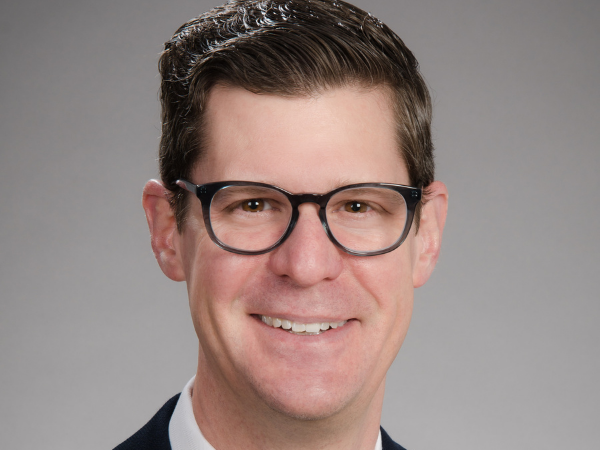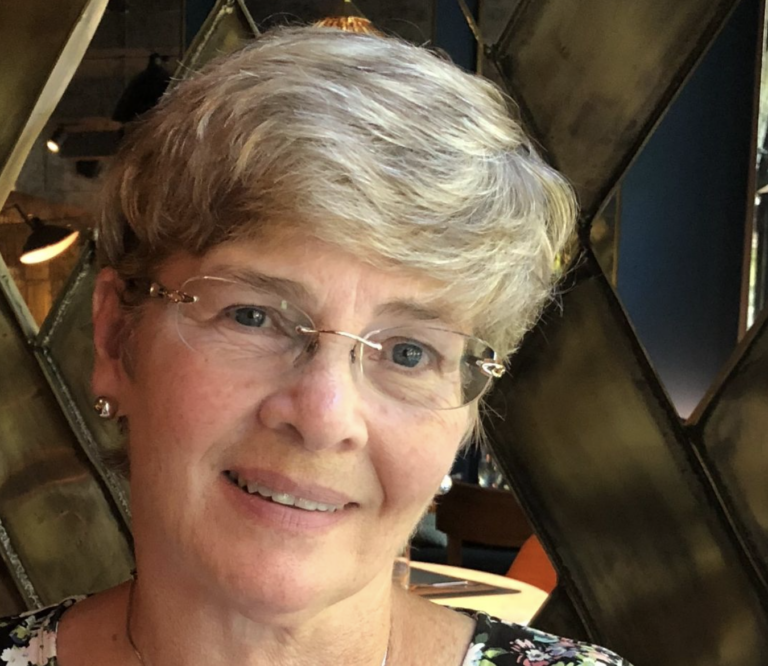Dr. Jeff Friedrich is a ReSurge medical volunteer and Professor of Surgery, Orthopedics, and Urology at the University of Washington. Since his first ReSurge trip to Vietnam in 2014, Dr. Fredrich has been committed to spreading his expertise to other practitioners in low-income countries through ReSurge’s training programs. As a hand surgery specialist, he has trained local surgeons throughout Asia and Africa in the latest surgical techniques.
ReSurge medical student volunteer, Dharshan Sivaraj, interviewed Dr. Friedrich to find out what drew him to the field of reconstructive surgery, what drew him to ReSurge in particular, and his thoughts on the impact of ReSurge’s train-the-trainer approach to building local capacity. We also got to hear his perspective on what it’s like to build a collaborative relationship with our trainees in low-income countries and what it means to pass down the art and science of a surgical specialty.
Could you tell us a little bit about yourself and how you decided to pursue training in reconstructive surgery?
Like a lot of people in the field, I stumbled across reconstructive surgery on accident. As a first-year medical student, I really had no clue about what the specialty entailed. I was accepted into a research program at MD Anderson cancer center in Houston and began a project on bone tissue engineering. At that time, I had some interest in potentially pursuing orthopedic surgery. The tissue engineering project was interesting and was based in the lab of a surgeon named Dr. Michael Miller, who eventually went on to become the chair of plastic and reconstructive surgery at Ohio State. It was through working in his lab that I really got introduced to the field of reconstructive surgery.
At MD Anderson, surgeons did a lot of oncologic reconstruction and I was blown away by the types of reconstructive surgeries being performed, including breast as well as head and neck reconstruction. This was my initial spark, and later in medical school I did clinical rotations in reconstructive surgery at other institutions like MD Anderson, Seattle, and UCLA. My experiences there solidified that I wanted to pursue residency training in the field. While in residency, I got exposed to hand surgery and was surprised by how much I liked the complexity of it and the case variety. That is what ultimately steered me onto the path that I’m on now, where about 85% of my practice is hand surgery, the large remainder is lower extremity reconstruction, and I perform a small proportion of urologic reconstruction as well.


Dr. Friedrich on a ReSurge Visiting Educator Trip to Bhutan
What then made you want to look globally and become involved in international work?
I have always had a desire to serve – for a long time I was in the Navy Reserve and served in that capacity. Eventually, I got to know Dr. James Chang and he started talking to me about getting involved with ReSurge International’s mission doing global surgery abroad. At the time, I was not sure if I could manage to be involved with ReSurge in addition to my clinical practice and having a young family. But Dr. Chang, like a lot of our mentors, saw something in me that I may not have quite seen in myself. He continued to encourage me and so finally, as my kids got older, I felt like I was able to become more involved with ReSurge.
My first trip with ReSurge was to Hanoi, Vietnam, and I was captivated in a very similar way to my initial entry into the field of reconstructive surgery as a young medical student. The ability to connect and work on problems with surgeons and healthcare providers in other parts of the world is what really drew me in.
Could you talk about what that first trip with ReSurge to Vietnam was like?
The Vietnam trip was fascinating for me. We landed on a Sunday afternoon and started seeing patients in clinic that very same day. I saw a few kids with complex brachial plexus injuries and had to make important considerations based on the capabilities of the hospital in addition to my own capabilities. I remember seeing a mix of patients with congenital deformities, injuries related to trauma, and a variety of different burn contractures. It was definitely an adjustment process for me, because while there were similarities to the way we do surgery in the United States, there were also many differences. Overall, it was a fantastic experience, and I learned a lot about how healthcare systems function in developing countries.
What makes ReSurge’s approach unique?
I really am a believer in the model that ReSurge has developed, in which the focus is on developing local resources and local infrastructure. This is what leads to long term sustainability in my opinion. For those of us in academic medicine, it is like what we do at home with our own trainees and medical students, which is to help them develop into independent practitioners.
I think incorporating virtual education and outreach is a great way to lay initial groundwork for collaboration with an international site. It also allows for the ability to continue developing relationships over a longitudinal timeframe rather than for just the brief period we are physically on site.
I really like the idea of ReSurge’s visiting educator trips as well, where the objective is to bring a small team of educators to facilitate a hands-on-learning component. The volunteers are not there to perform lots of surgeries themselves, but instead to serve as an educators and assistants to local surgical teams and to collaborate on special case studies and techniques.
The combination of virtual education alongside in-person trips is a great model, and this is exactly the approach that ReSurge has been taking. Further, I think that the visiting educator paradigm is a great working model, and I am excited to continue to be involved with that.

National Burn Awareness Week was earlier this month, what are your thoughts on how we can improve the management of hand burn injuries that are commonly present in the developing world?
There is a lot of data showing that in many types of common hand burn injuries, particularly in kids, early splinting and physical therapy can ameliorate the need for surgery both in the acute setting as well as later on. I think that in my experience, one of the pitfalls in the developing world is that children who get hand burn injuries do not receive that initial physical therapy and splinting care, which could make it so that many of these patients would not need to undergo surgery at all. It would be great to establish training programs and physical therapy infrastructure in developing countries to prevent the need to have to perform costly surgery for these certain types of common hand burns.
What impact do you hope your teaching in the developing world will have?
My teaching in the developing world has already had a monumental impact on me, and my hope is that my involvement has even a fraction of that impact on the other health care providers that I encounter. I have learned so much not only about the practice of Hand and Reconstructive Surgery but also about other cultures and how they approach health and wellness. I hope that the trainees and practitioners that I encounter on these experiences understand how much I appreciate the opportunity to get to know them and the joy that I feel teaching the art and science of a surgical specialty that I truly love. I hope that some of the interest and awe that I feel from caring for patients is passed along to these other providers. I also hope that these experiences are the beginning of long-term relationships that allow us to learn from each other and provide excellent patient care both abroad and here at home.









